Choosing a diamond should feel joyful. This guide explains diamond colour and clarity in clear, calm way so you can spot real beauty with your own eyes and choose a balance that suits your engagement ring, your budget, and your everyday life.
We cover how GIA (the Gemological Institute of America) and IGI handle diamond grading, what a clarity grade and colour grade actually mean, how these factors influence sparkle and price, and how to match them to your ring design, metal, ring size, and lifestyle.
What Is Diamond Colour (And Why It Matters On Your Hand)
Diamond colour describes the natural tint in white diamonds on a letter scale from D to Z. D, E, and F are colourless and sit at the highest grade end of the scale. G through J (and even K to L) are near colourless and often superb value for diamond engagement rings. Beyond that, you will notice gentle warmth, sometimes described as light yellow, more easily.
Here is the comforting bit. To the untrained eye, the naked eye often cannot tell the difference between adjacent grades, especially D vs E vs F. The naked eye cannot easily discern the difference between several colour grades, especially D, E, and F. That is why many couples happily choose G to H (even I to J in a gold setting) and put the saving towards a larger diamond, finer diamond cut, or a more detailed setting that makes the whole ring sing.
Colour never exists alone. Metal changes how you perceive it. Yellow or rose gold settings reflect warmth back into the stone and make slightly warmer grades look deliciously creamy. Platinum and white gold emphasise coolness and make higher colour grades feel crisp. If you love icy white, choose a cooler letter in a white metal. If you love a romantic glow, try a gently warm centre stone in yellow or rose gold and see how the sparkle still feels bright and clean.
Quick fact to trust: Diamonds are graded D to Z by GIA, with D to F classed as colourless and G to L widely considered near colourless and excellent for engagement rings.

What Is Diamond Clarity (And Why “Eye-Clean” Is Your Best Friend)
Diamond clarity reflects the size, position, visibility, and number of inclusions or blemishes. it also describes how free a diamond is from internal inclusions and surface features, assessed under 10× magnification. The GIA clarity scale runs:
Flawless (FL), Internally Flawless (IF), VVS1 to VVS2, VS1 to VS2, SI1 to SI2, I1 to I3.
- Flawless diamonds are extraordinarily rare and priced accordingly. Flawless diamonds are among the rarest and most expensive due to the absence of any inclusions.
- VS1 and VS2 are the sweet spot for many couples because they are usually eye-clean and look beautifully crisp in real life.
- SI1, and some SI2, can also look eye-clean at modest carat weight, especially in brilliant shapes, and free up budget for size or setting.
- Lower clarity with many blemishes or heavy inclusions can make a diamond look cloudy, muting the stone’s brightness and overall diamond quality.
Why “eye-clean” matters. You do not wear a loupe. If a diamond looks clean to your eyes at normal distance, paying for higher letters may not change what you actually see. Conversely, a single poorly placed inclusion that is visible can interrupt the light pattern and reduce sparkle even if the grade sounds fine.
Should We Prioritise Cut, Colour Or Clarity First
Cut first, always. A diamond’s sparkle is driven most by diamond cut. Proportions, symmetry, and polish control brightness, contrast, and fire. Once you secure a strong cut, you can safely choose a slightly warmer colour grade or a modest clarity that is still eye-clean and keep the diamond looking lively.
Think of it this way:
- Cut is how your diamond plays with light.
- Colour is the background temperature of that light.
- Clarity is whether anything interrupts that light.
- Carat, also called carat weight, sets scale on the hand.
Balance the four and you get the perfect engagement ring for you.
How Do GIA And IGI Grade Colour And Clarity
A professional diamond grader follows strict lighting, master stone comparisons, and 10× inspection to assign colour and clarity. The GIA (Gemological Institute of America) sets the standard for diamond colour grading and clarity assessments. GIA standardised the D to Z colour scale and the modern clarity descriptors used across the jewellery world. IGI uses the same language and is common for lab grown reports. A report for individual diamonds lists origin, natural or lab grown, carat, colour grade, clarity grade, cut grade for round brilliants, measurements, fluorescence, and a plot of inclusions. Use the report to shortlist, then let your eyes decide.

How Diamond Shape, Size And Setting Changes What You See
Different shape families hide or reveal traits. Brilliant faceted shapes, round, oval, cushion, radiant, pear, break up the view into glitter and often mask tiny inclusions and a touch of warmth. Emerald and Asscher cuts have long, open facets. They reward slightly higher clarity and, in white metals, a cooler colour.
Carat weight shifts perception too. The larger the diamond, the easier it is to notice both colour and clarity. Around 0.70 to 1.00 ct, many couples love H to I with VS2 or eye-clean SI1. At 1.50 to 2.00 ct, G to H with VS is a popular balance. Above 2.00 ct, F to G with VS to VVS looks magnificently crisp in photos and in person.
Finally, settings influence both. A bright white pavé halo can make a warmer centre look warmer by contrast. A yellow gold setting lends a gentle glow that flatters slightly warm centres. Try your short-listed stones in the actual metal before you decide. Place them on a neutral card, even a simple spinner white decorative tray or plain white paper, then view them in the setting to see where the difference lies in context.
How Inclusions Effect Sparkle (And When To Keep Looking)
Inclusions are part of a diamond’s fingerprint. But the difference between a lovely slightly included diamond and a distracting one is placement and type. Tiny white crystals near the edge are usually harmless and can tuck under a prong. A dark crystal under the table may be visible and can break up the on off pattern that creates life in the stone. Dense clouds can make a diamond look milky, reducing sparkle. If you see haze, keep looking. The right diamond will look fresh and lively from every angle.
Colour Nuances, From Icy To Warm, Plus Fancy Colours
- Colourless, D to F. Icy, brilliant, camera ready, prized for platinum and white gold.
- Near colourless, G to J, even K to L. The sweet spot for beauty and value, blends into most designs.
- Noticeable warmth, M to Z. Personal preference, often charming in yellow or rose gold.
A note on fancy colours. The rarest natural red diamonds sit in a world of their own. Fancy pink and blue diamonds are cherished collector gems. These are graded for hue, tone and saturation rather than D to Z, different standards apply than for white diamonds. Natural champagne and brown tones can also be beautiful, especially in yellow or rose metals.
How To Read A Report Without Getting Lost
Open the report, GIA or IGI, and anchor on five lines. Carat weight, colour grade, clarity grade, cut grade for round brilliants, and the measurements in millimetres. Those tell you size, tone, interior cleanliness, light performance, and face up spread. Everything else supports those pillars. If the numbers look great but the diamond feels dull, trust your eyes. If the numbers look modest but the diamond dances in real light, you may have found your perfect diamond.
Practical Pairings Couples Love
- Platinum or White Gold Solitaire, Round. F to H colour, VS2 clarity, focus on an excellent make.
- Yellow or Rose Gold Solitaire, Oval or Cushion. G to J colour, VS2 or eye clean SI1, the warm metal flatters the centre.
- Emerald Cut In White Metal. F to G colour, VS1 to VS2 clarity, the open facets love a clean interior.
- Halo With Bright Pavé. Keep the centre within about one grade of the melee so it blends beautifully.
- Three Stone With Tapered Baguettes. Stay a touch whiter for the centre so the side stones match neatly.
These are starting points, not rules. Your eyes make the final call.
Natural And Lab Grown, Same Scales, Same Beauty
Whether you prefer natural diamonds or lab grown, the colour and clarity rules are identical because the material is the same. GIA and IGI apply the same clarity scale and colour scale to both. Choose origin for your values and budget, judge diamond quality by the same standards.
FAQs
What Is The Best Colour And Clarity For An Engagement Ring
There is no single perfect answer. For most couples, a near colourless colour grade with an eye clean clarity grade and an excellent diamond cut creates the best balance of beauty and value.
Do I Need Flawless Or Internally Flawless
No. Flawless and IF are wonderful but rare. VS1 to VS2, and eye clean SI1, typically look just as clean to the naked eye and free budget for carat, cut or design. Diamonds graded as VS1 and VS2 are popular choices for engagement rings because they are eye-clean.
Can The Naked Eye See The Difference Between D, E And F
Usually not. The untrained eye rarely separates adjacent colour steps in normal lighting. Spend where you can see the difference, cut and design.
Will A Higher Colour Grade Always Look Whiter
Not always. Metal and lighting matter. In yellow or rose gold, a slightly warmer diamond can still look bright. In white metals, cooler grades look crisp.
Do Lower Clarity Grades Always Look Cloudy
No. Many SI1 diamonds are eye clean and lively. Cloudiness happens when there are many blemishes or dense clouds that mute light. Avoid those.
How Do Shape And Size Change What We Should Choose
Brilliant shapes hide inclusions and a touch of warmth well, so you can choose lower grades. Emerald and Asscher reward higher clarity and, in white metals, cooler colour. Larger stones reveal more of everything, so grades often nudge up with size.
What If We Want A Perfect Ring Look In Photos
Choose strong cut, keep clarity eye clean, and lean slightly cooler in white metals. Make sure your wedding band will sit flush so the stack looks tidy.
Choose Colour And Clarity With Confidence
At Stelios Jewellers, we keep colour and clarity simple, kind and hands on. We will place two or three diamonds of the same carat weight in your chosen metal so you can compare colour grade and clarity grade with your own eyes. We will translate diamond grading from GIA and IGI into plain English, point out inclusions at 10× and then again with the naked eye, and explain how the differences you see relate to the report.
If you love icy colourless tones in platinum, we will help you find the balance of cut, D to F colour, and VS clarity that feels right. If your heart leans towards a softly glowing centre in yellow gold, we will show you near colourless options that look wonderfully bright in that metal. Whether your dream is a crisp round, a glassy emerald cut, or something utterly you, we will craft a ring that keeps its sparkle from morning coffee to evening celebrations, and pairs neatly with your wedding band.
When you are ready, visit us in person or online. We will pour the tea, dim the distractions, and let your eyes lead you to the diamond that feels like home, the right colour, the right clarity, the right light for your story.

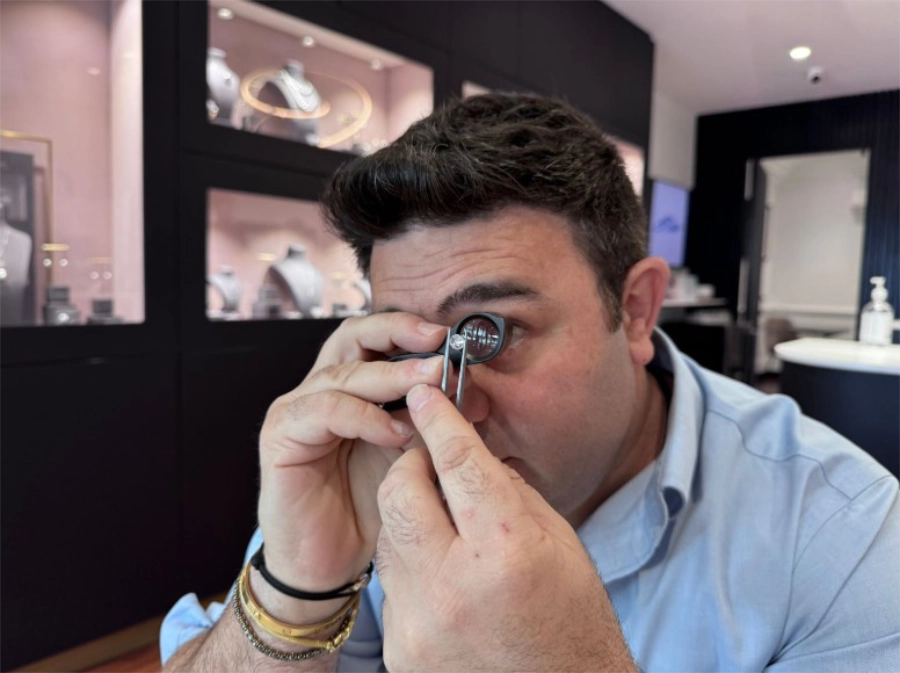
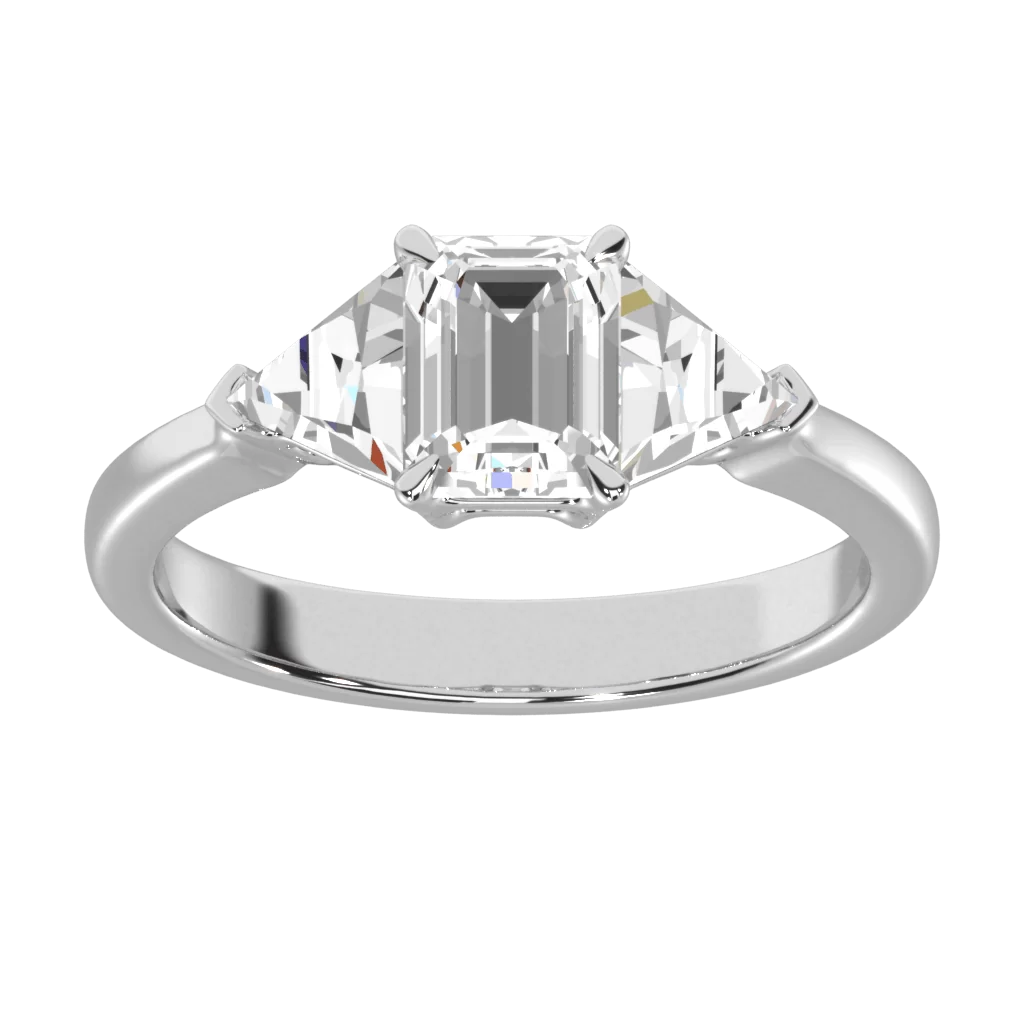
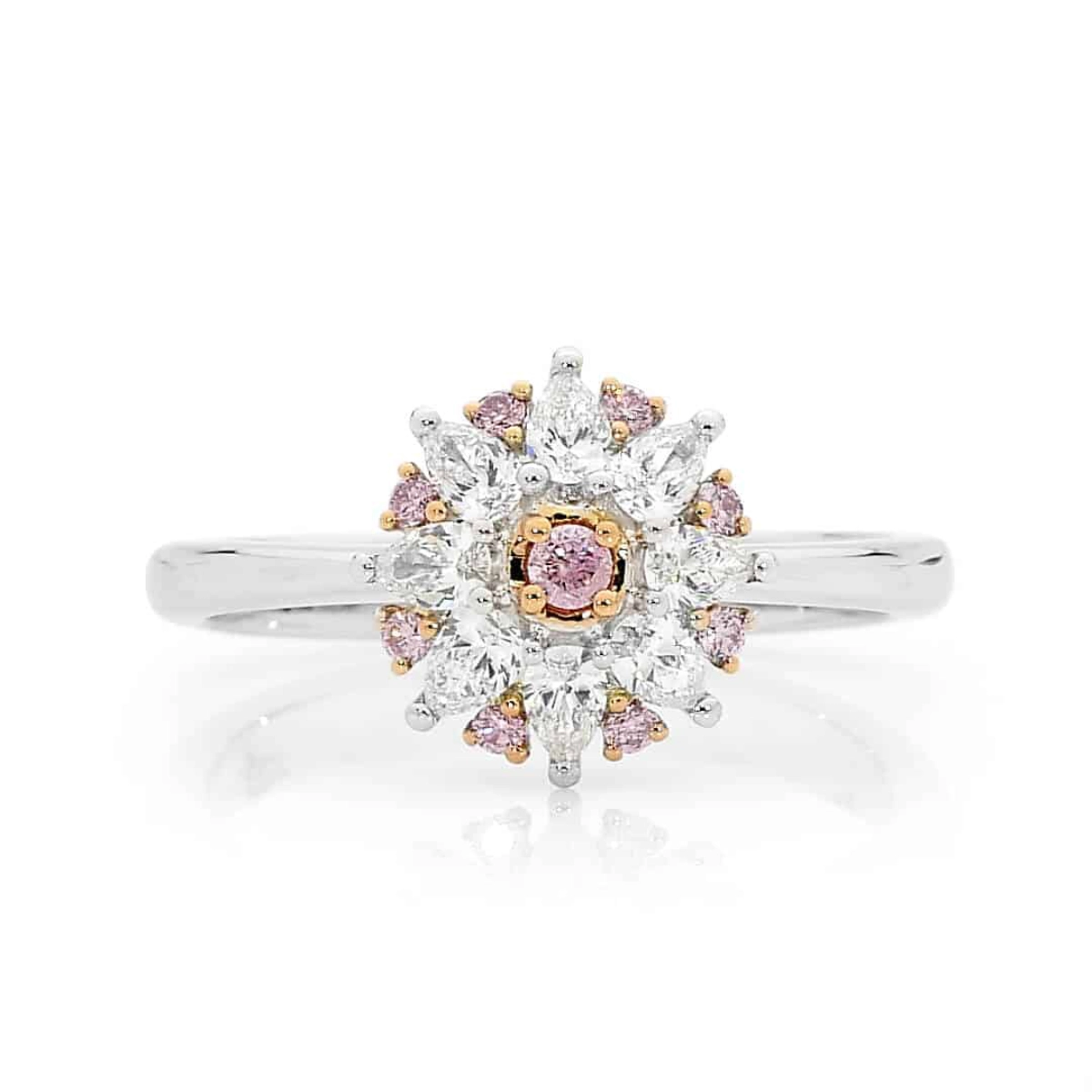
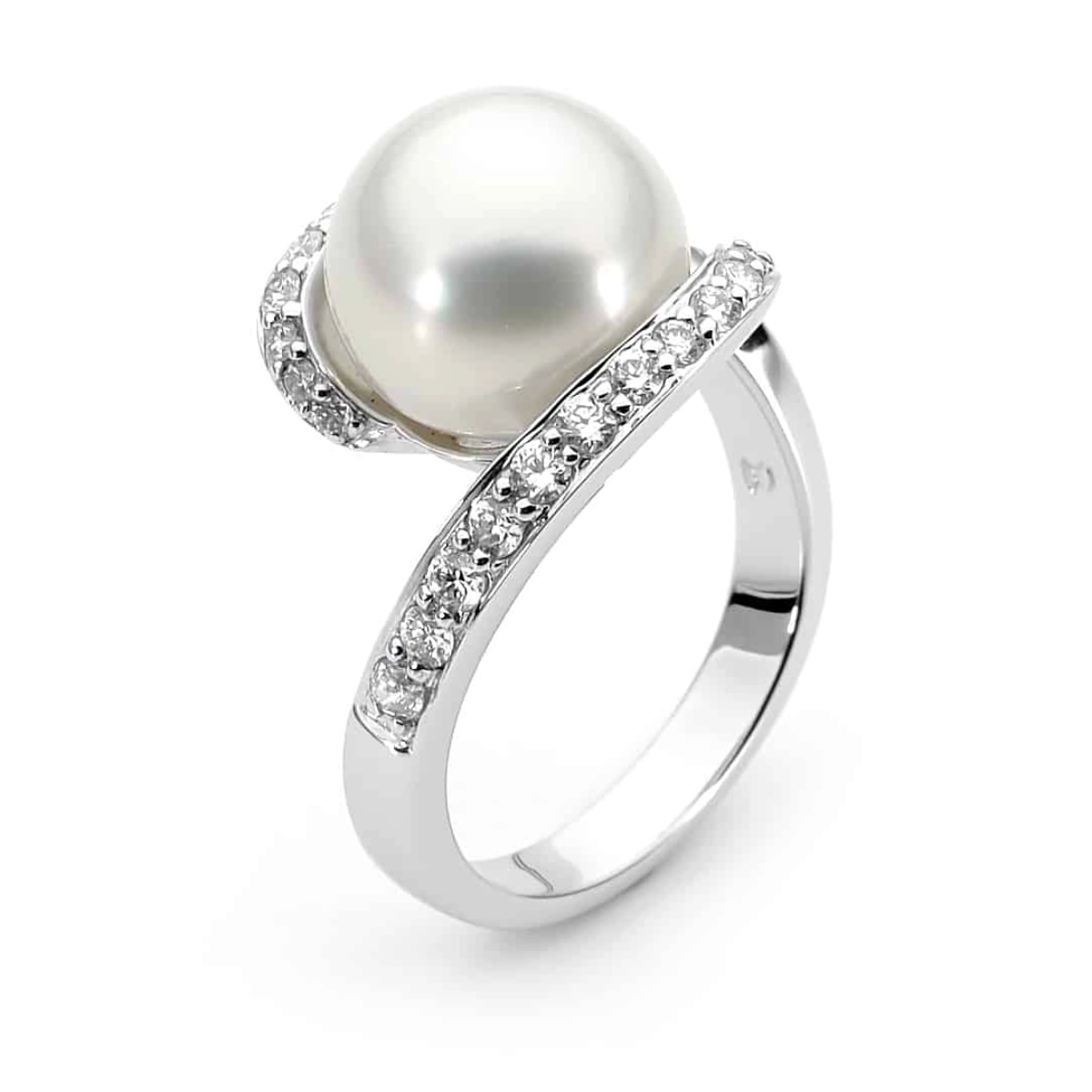
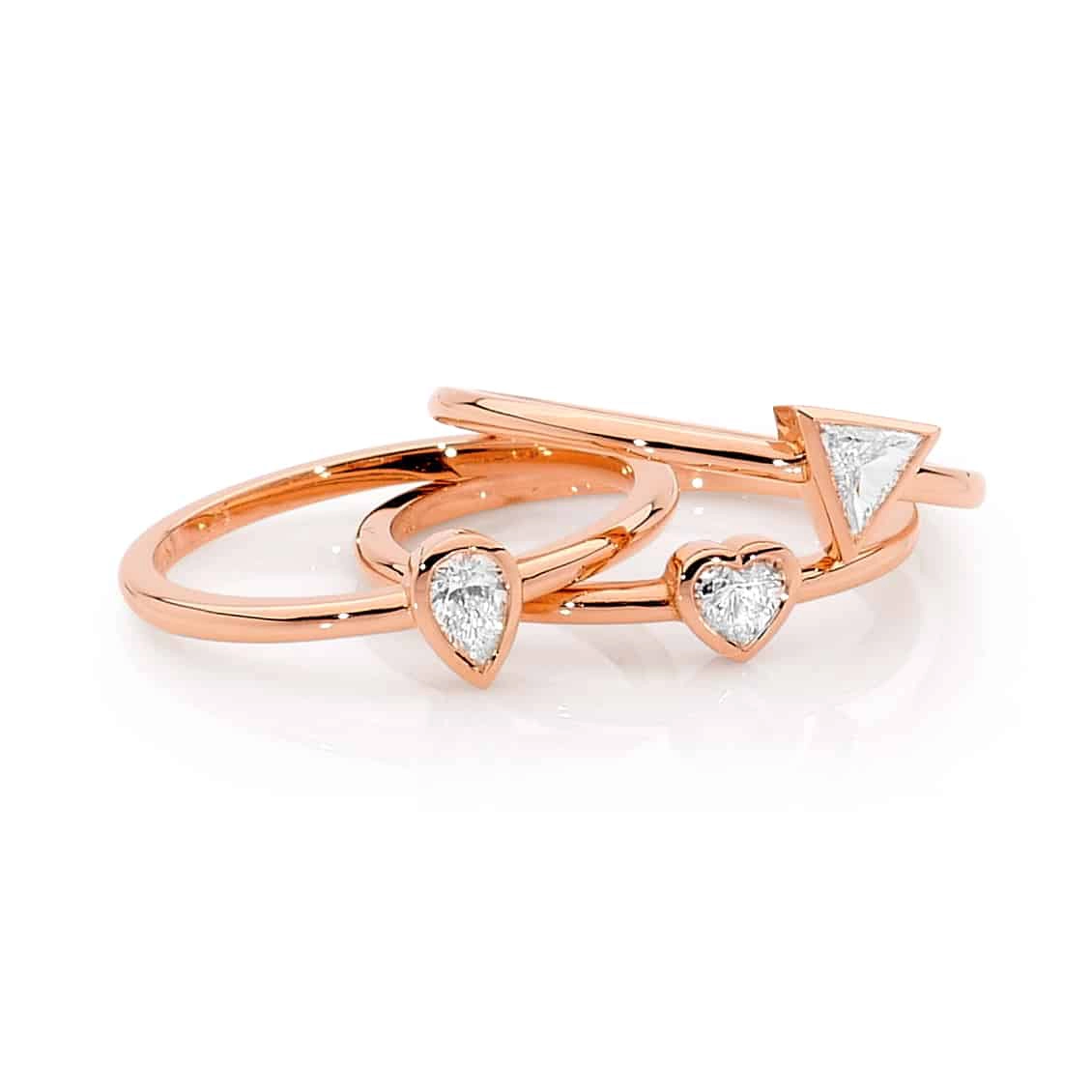
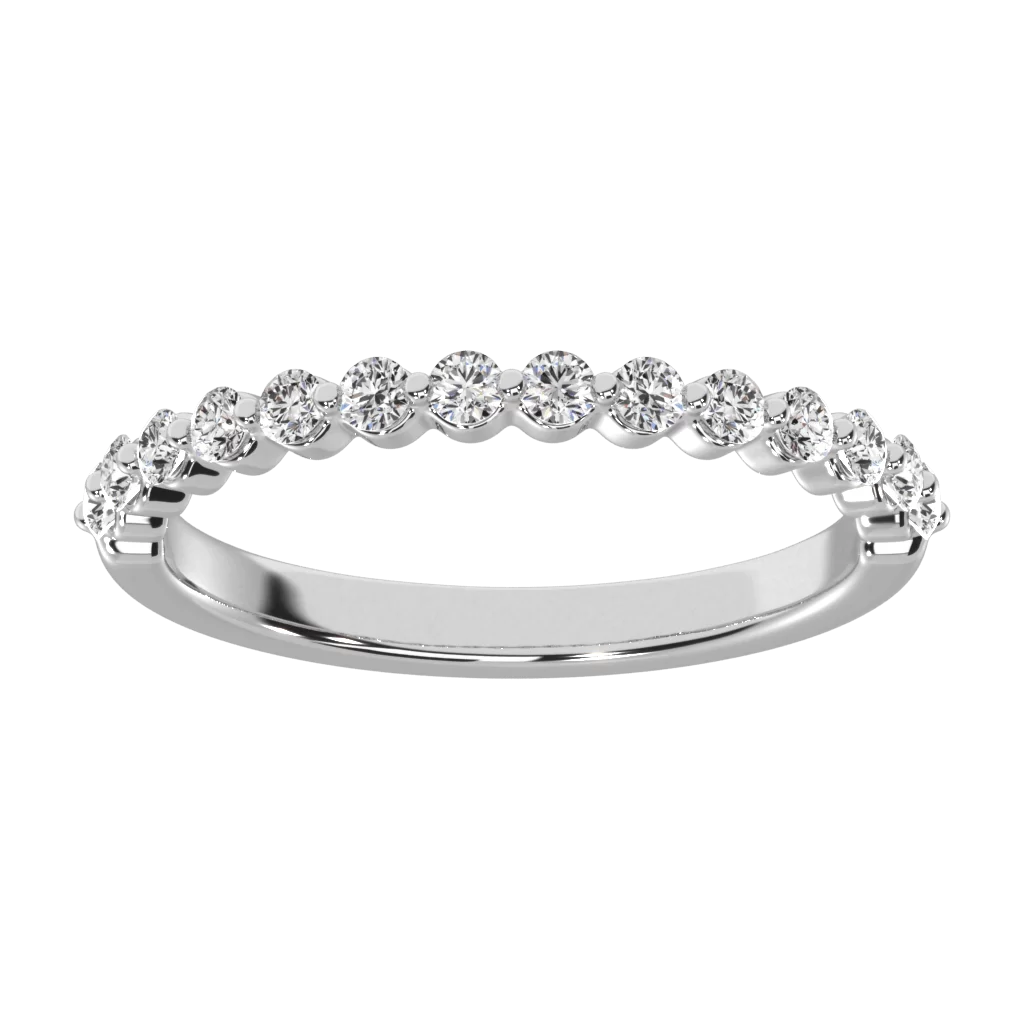
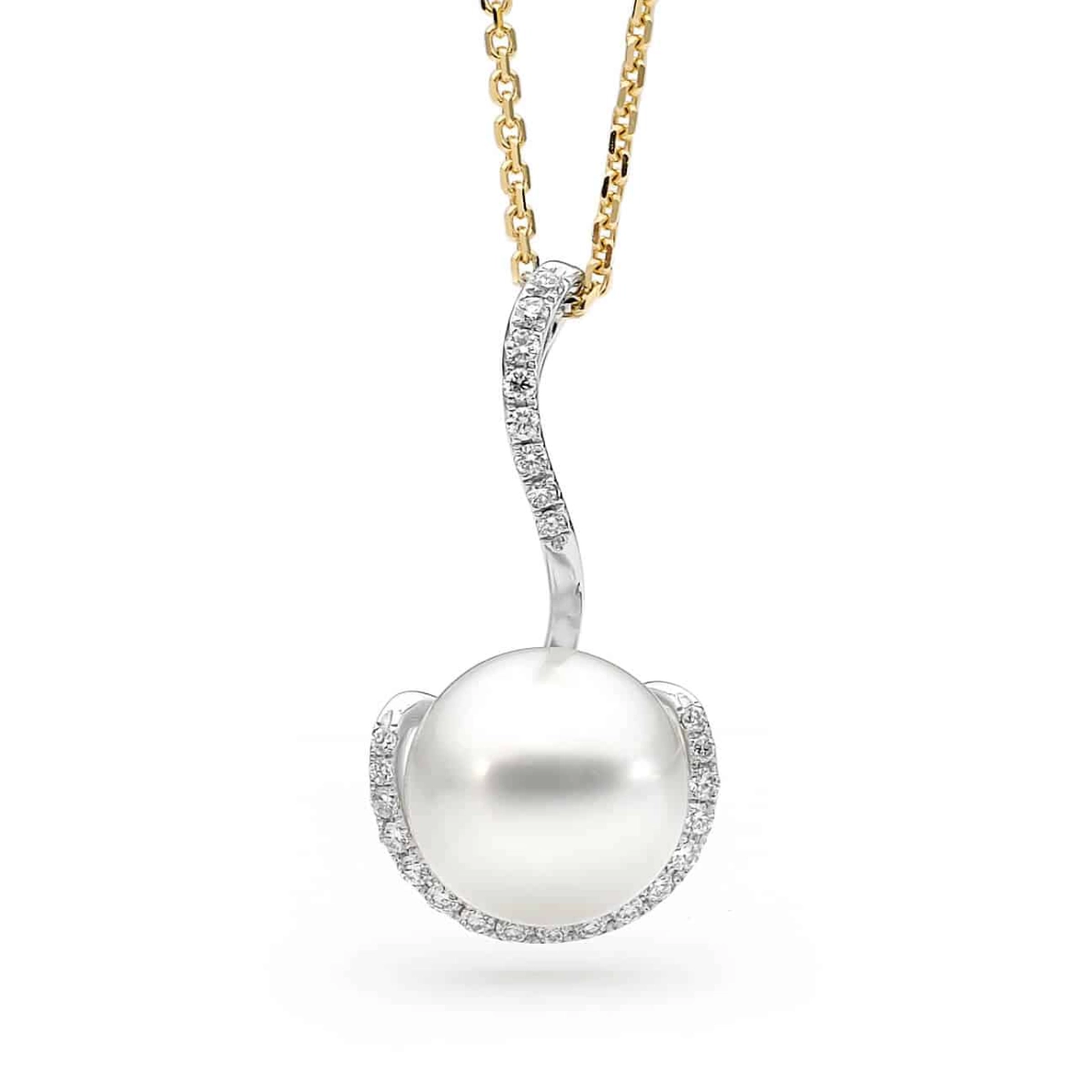
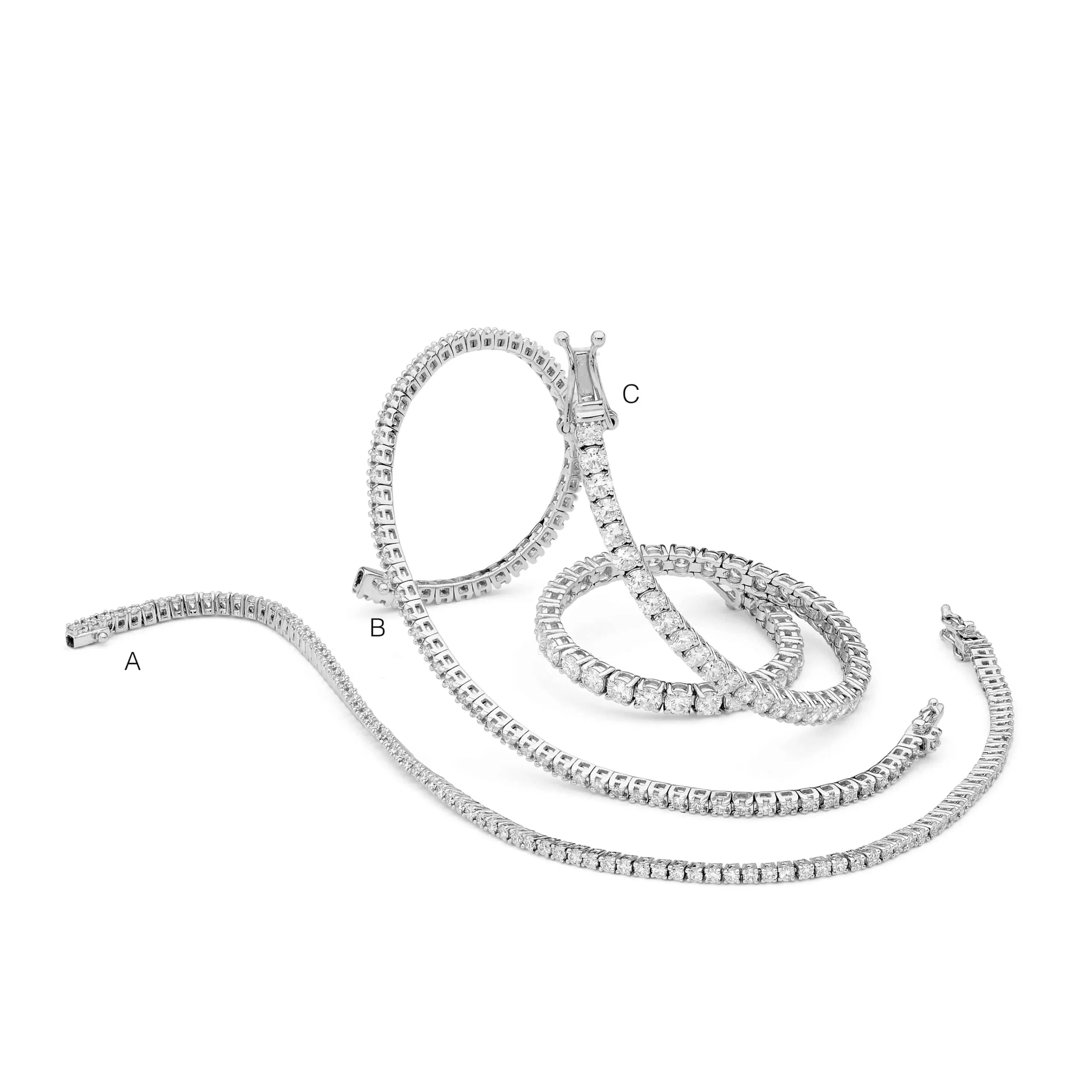
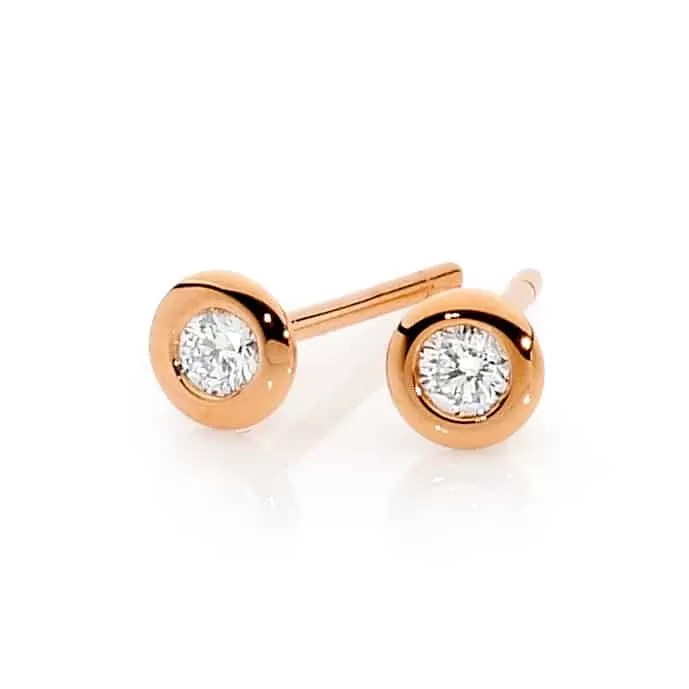
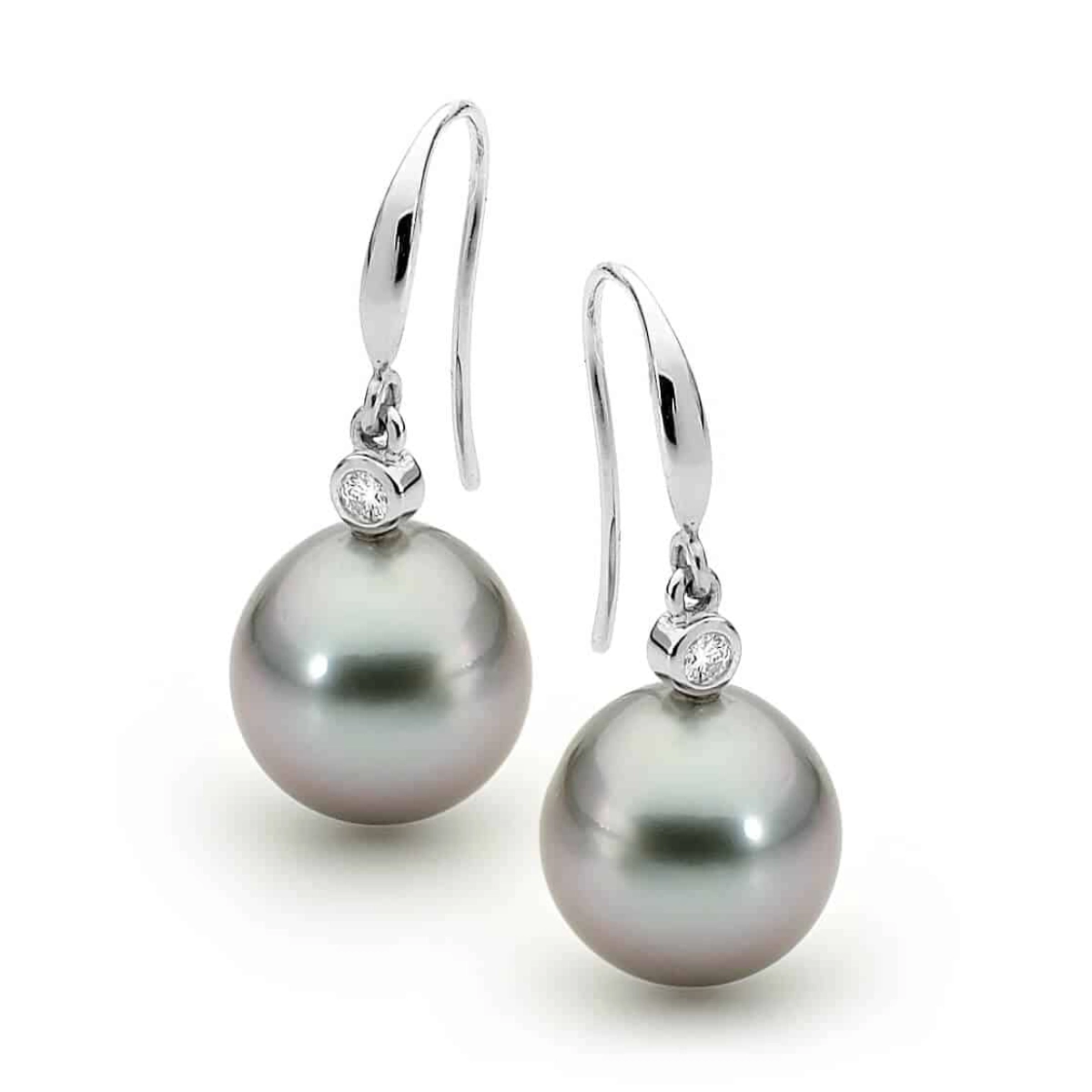
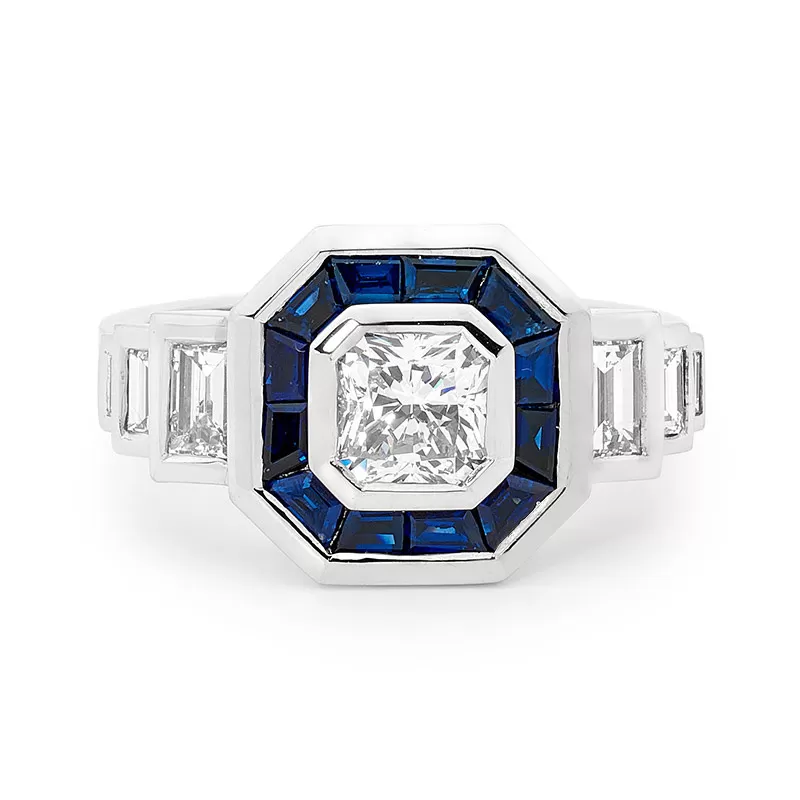



Social Media